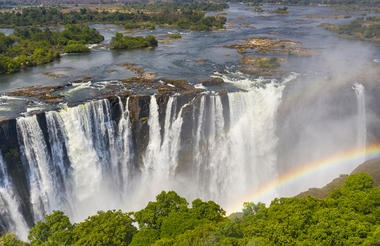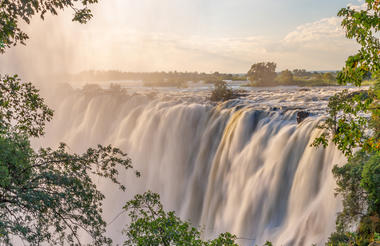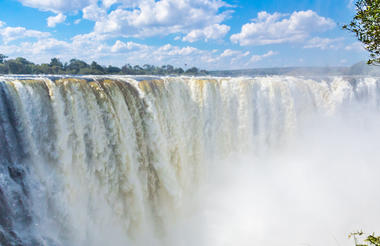One of the most culturally and geographically diverse places on earth, South Africa, fondly known by locals as the 'Rainbow Nation', boasts 11 official languages, and its inhabitants are influenced by a fascinating mix of cultures. Discover the gourmet restaurants, impressive art scene, vibrant nightlife, and beautiful beaches of Cape Town. Enjoy a local braai (barbecue) in the Soweto township, browse the bustling Indian markets in Durban, or sample some of the world's finest wines at the myriad wine estates dotting the Cape Winelands. Some historical attractions to explore include the Zululand battlefields of KwaZulu-Natal, the Apartheid Museum in Johannesburg, and Robben Island, just off the coast of Cape Town. Above all else, its untamed wilderness is astonishing: wildlife roams freely across massive unfenced game reserves such as the world-famous Kruger National Park.
Johannesburg is one of Africa’s biggest and most vibrant cities. It is the economic capital of Africa and the gateway to Southern Africa. Although not as famous as other South African destinations, there is plenty to do in Johannesburg and nearby Pretoria. The old city is a multi-cultural mixture of traditional medicine shops, Chinese restaurants, taxi ranks and ultra modern skyscrapers. There are excellent museums, art galleries and organised tours of historical and political interest. The shopping is Southern Africa’s best and the many restaurants cater for all tastes. The nearby township of Soweto is Johannesburg’s most popular tourist attraction. Please check your itinerary for inclusions.
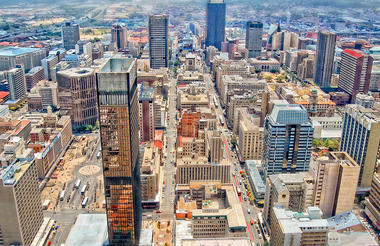
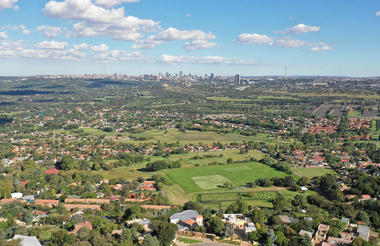
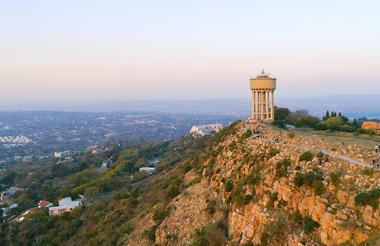
Botswana is well known for having some of the best wilderness and wildlife areas on the African continent. With almost 40% of its land area devoted to national parks, reserves and wildlife management areas you can travel through many parts of the country has the feeling of moving through an immense Nature wonderland. The first – and most lasting impressions – will be of vast expanses of uninhabited wilderness stretching from horizon to horizon, the sensation of limitless space, astoundingly rich wildlife and bird viewing, night skies littered with stars and heavenly bodies of an unimaginable brilliance, and stunning sunsets of unearthly beauty. Experience here the stunning beauty of the world’s largest intact inland Delta – the Okavango; the unimaginable vastness of the world’s second largest game reserve – the Central Kalahari Game Reserve; the isolation and other-worldliness of the Makgadikgadi – uninhabited pans the size of Portugal; and the astoundingly prolific wildlife of the Chobe National Park. Botswana is the last stronghold for a number of endangered bird and mammal species, making your safari experience even more memorable, and at times you will feel simply surrounded by wild animals.
In the heart of Botswana’s Chobe National Park lies a dynamic wilderness, a sweeping expanse of savannah brooded over by several rocky outcrops which guard a relic marsh and the Savuti channel. It has a fascinating history of flooding and drying up independently of good rainy seasons and flood levels elsewhere. In 2008, the Savuti Channel, having been dry for many years, once more became a deep, clear waterway harbouring Hippo and other aquatic life with a large variety of waterbirds. Wildlife, from plains game to predators, has had to adapt to a new source of water and all the opportunities and menaces it has brought with it. How long will it be before the water dries up again? Judging from historical records it could be more than a hundred years or less than ten. Nature has the final say in such matters.
The dead Camelthorn trees on the Savuti Marsh have become one of the most prominent features of the landscape – skeletons of trees drowned in the flood-waters at least 40 years ago. Another part of the Savuti is characterised by the Gubatsa Hills, which were formed millions of years ago during volcanic movement. These hills rise to a height of about 90 meters out of an otherwise completely flat landscape.
The Savuti area offers great game viewing with resident game consisiting on large prides of lion and the annual Zebra migration. Good sightings of Cheetah and Leopard are possible and the endangered Wild Dog also occurs here. Savuti is famous for its large concentrations of Elephants that congregate around the waterholes, making game-viewing exceptional.
Birdlife is also amazing, with Secretary Birds and Kori Bustards often seen around the Savuti Marsh. Summer migrants and water birds include Abdim’s Storks, Carmine Bee-eaters, Fish Eagles. Red-billed Queleas, which gather in their thousands, are a spectacular sight as they wheel and turn in unison.
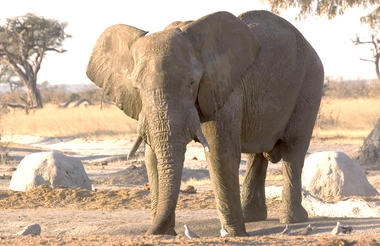
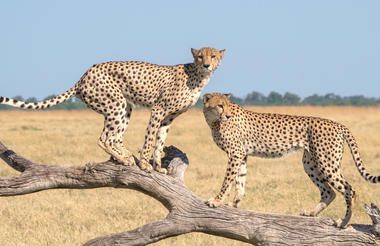
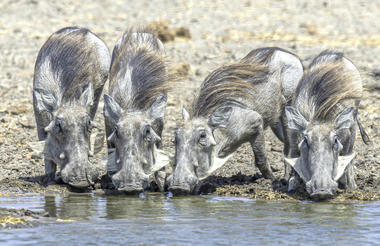
A nation of spectacular natural beauty, friendly people and rich culture, Zimbabwe’s status as one of Africa’s leading safari destinations was dampened for years by its political instability. But now that the country is transcending its strife and returning to a state of equilibrium, it is once again emerging as a vacation highlight of the continent. Victoria Falls – known to locals as ‘The Smoke That Thunders’ – is one of the seven natural wonders of the world and the sheer power of this massive body of water plunging into the Zambezi Gorge is awe-inspiring and unforgettable. Lake Kariba, with its game-rich shores and islands, is an idyllic safari spot featuring mind-blowing sunsets; Hwange National Park is known for its huge herds of elephants; and a kayak trip down the Zambezi through the Mana Pools National Park will appeal to the intrepid traveller, providing close encounters with crocodiles, hippos and a host of other wildlife.
Resting on the southern banks of the Zambezi river at the western end of the eponymous falls, this popular tourist town is compact enough to walk around and makes an ideal base for travellers exploring the seventh wonder of the world, the unfathomably vast Victoria Falls. About two thirds of the falls can be viewed from the Zimbabwean side and, while the falls are undoubtedly the star attraction, the area provides both adventure seekers and sightseers with plenty of opportunities to warrant a longer stay. Popular activities include scenic flights over the falls in helicopters or micro lights, bungee jumping off the Victoria Falls Bridge, white-water rafting (seasonal), and day trips to Chobe National Park. The town itself offers some excellent accommodation and restaurant options as well as an eclectic variety of African curios and authentic art sold by friendly Zimbabwean locals who are wonderfully welcoming and eager to help you enjoy your stay. Please check your itinerary for inclusions.
